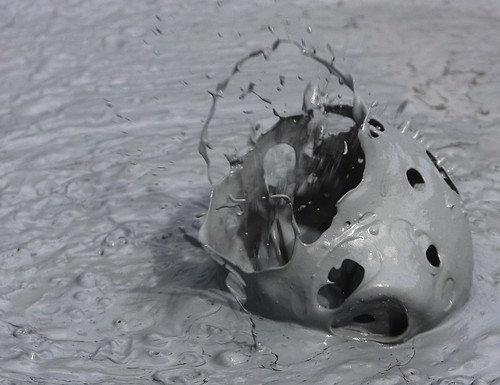
Emergence, sway, the way a flower unfurls, seeming, upsurge of Being. Definitely not (yet) Nature or Structure. These are some of the terms Heidegger uses to characterize what he considers to be the primary notion of the ancient Greek philosophers.
There is some kind of appearing-to, some kind of emerging-for, going on here. Being is not separated from seeming, at the most fundamental stage of Heidegger's account. And so in answer to some questions posed by Aurelio Madrid, yes, there is no reason why a poem can't be construed as a physical object in as rich a sense as you like. This is where Eileen Joy has been working recently.
It's only counter-intuitive if you think that entities come with two floors: some kind of basement mechanics and some kind of pretty living room on top. But for OOO, Heidegger's terms for being are simply elaborations on the as-structure. Whether you call it emergence or appearance, what we are talking about is a sensual object.
1 comment:
I note that all real computation or information processing is a physical process. It takes place in time and requires physical resources (e.g. memory). However you construe what takes place in brains and nervous systems, it is a physical process and is subject to constraints on time and memory.
Post a Comment